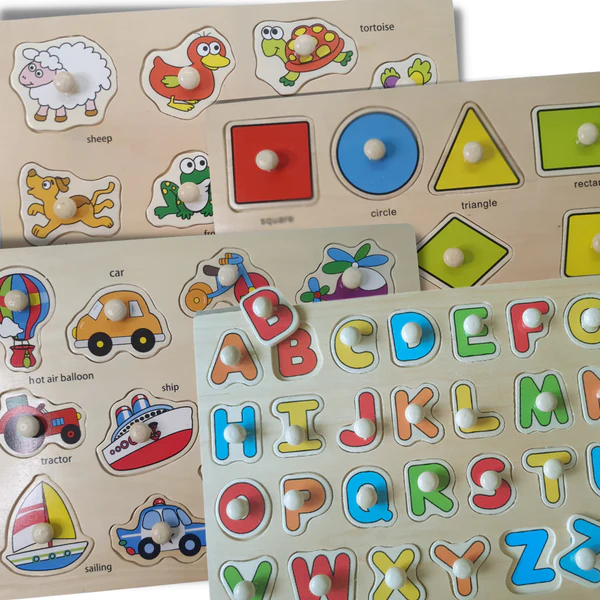Sensory processing refers to how our brain processes information from the environment. Most people can process sensory information easily, without thinking about it. However, for some individuals, sensory processing can be challenging, leading to difficulties in daily life. This condition, known as Sensory Processing Disorder (SPD), affects children and adults alike. In this article, we will explore what sensory processing is, how it affects behaviour, and what you can do to help someone with SPD.
1. What is Sensory Processing?
Sensory processing is the ability of our brain to organise and interpret information from our senses. The five senses include sight, sound, smell, taste, and touch. However, there are two more senses, the vestibular system, responsible for balance and movement, and the proprioceptive system, responsible for body awareness. Sensory processing disorder occurs when the brain has difficulty interpreting sensory information, leading to an inappropriate response to sensations.
2. How Does Sensory Processing Affect Behaviour?
Individuals with SPD may show different behaviours, depending on the type and intensity of sensory stimuli. For example, someone with hypersensitivity to sound may cover their ears or react negatively to loud noises. Conversely, someone with hyposensitivity to touch may crave more touch and seek deep pressure. In some cases, coping mechanisms may lead to challenging behaviour. For instance, a child who cannot tolerate noisy environments may experience anxiety and behavioural issues in a classroom setting.
3. What Are the Types of Sensory Processing Disorder?
Sensory processing disorder can present itself in three different ways:
– Sensory Modulation Disorder: refers to difficulties in regulating and responding appropriately to sensory stimuli.
– Sensory Discrimination Disorder: refers to difficulties in understanding and processing sensory information.
– Sensory-Based Motor Disorder: refers to difficulties in motor planning and execution, affecting daily tasks such as handwriting and dressing.
4. How to Help Someone with SPD?
If you or someone you know is struggling with sensory processing, consult with an occupational therapist who specialises in sensory integration. An occupational therapist can assess and create a treatment plan that addresses individual needs and goals. Treatment may include sensory-based interventions such as play therapy, environmental modifications, and specific exercises.
Aside from occupational therapy, incorporating sensory-friendly activities and accommodations in daily life can make a significant change. Some suggestions include providing a quiet space for sensory breaks, using noise-cancelling headphones, or offering sensory tools such as fidgets or weighted blankets.
5. Conclusion:
Sensory processing is an essential aspect of our daily life, affecting how we interact with the environment and others. Sensory processing disorder can be a challenging condition, but with the right support and interventions, individuals can learn to process sensory information better and improve their quality of life. Understanding and acknowledging sensory processing challenges can lead to more supportive and accommodating environments for individuals with SPD.





